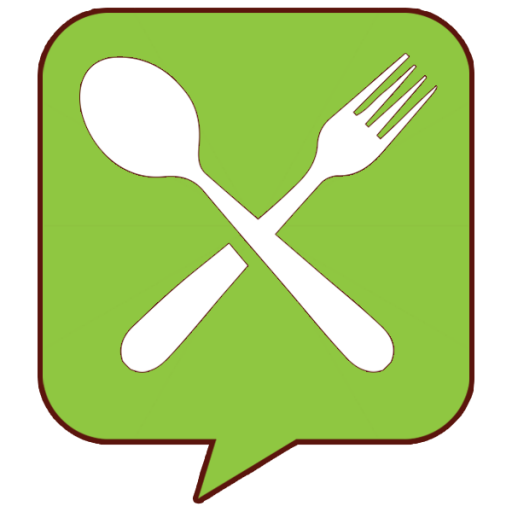Enter Your Details
Choose a unit of measure and input your data
Enter Your Activity Level
Find your total daily energy expenditure (TDEE), which is the number of calories your body burns in 24 hours.
Define your goal
Do you want to lose, maintain, or gain weight?
Check your results
Try to plan your diet around the provided personalized macros
Learn How To Eat Healthy Without Changing Your Busy Lifestyle
The Easy Ketogenic Macro Calculator
The Keto Calculator will help you find the exact amount of carbs, fat, and protein you need on the ketogenic diet, whether you want to lose, gain, or maintain weight.
This keto calculator helps you discover your unique needs, so you can:
- Reach your weight loss or weight gain goals
- Easily enter and stay in ketosis
- Accurately track your macros throughout the day
- Stop guessing what and how much you should be eating
- Enjoy optimal health.
All you have to do is enter a few key details.
[keto_calculator]
GetHealthyStayHealthy
JUMPSTART NEWSLETTER
fresh recipes delivered to your inbox each week
Frequently Asked Questions
Learn How a Keto Calculator Helps You
WHAT IS A MACRO CALCULATOR?
A Macro Calculator basically tells you how many grams of macronutrients you should be getting from carbs, fats, and protein. This keto macro calculator is optimized for the ketogenic diet.
YOUR KETO MACROS EXPLAINED
Let’s recall that for the classical ketogenic diet, your food intake will be:
- 70-80% of calories from fats
- 20-25% of calories from protein
- 5-10% of calories from net carbs (Net carbs are the grams of carbohydrates in a food minus the grams of fiber in it)
With this distribution, a person eating 2,500 calories per day will eat:
- 208 grams of fat
- 125 grams of protein
- 30 grams of carbs
FAT INTAKE?
The remaining 70-80% of your calories come from fats. Since fat is the main source of nutrition on a ketogenic diet, it’s important to source high-quality, healthy fats.
CARBOHYDRATE INTAKE?
For most people, a range of 20-50 grams of carbohydrate intake per day is ideal for the keto diet. Some people can go as high as 80 grams per day to stay in ketosis, but the majority should stay in the 20-50g range for best results. Each person’s metabolism is different.
If you used the standard keto calculator, then your target carbs should be in this optimal range.
PROTEIN INTAKE?
Protein should be kept to adequate proportions. Eating around 1.5 to 2g of protein per kg of lean body mass (0.68 – 1g of protein per lb. of lean body mass) is ideal. Your protein intake goal will only be higher if you want to build muscle, lift heavy weights almost every day, or follow a high-protein keto diet.
TOTAL CALORIES?
Your calorie target is measured based on:
- Your total daily energy expenditure (TDEE)
- Your calorie intake goal (to lose, gain, or maintain weight)
For instance, if you need 2000 calories to cover your basic energy expenditure, but you want to lose weight, then your target calories can be 1800 (a deficit of 200 calories per day).

